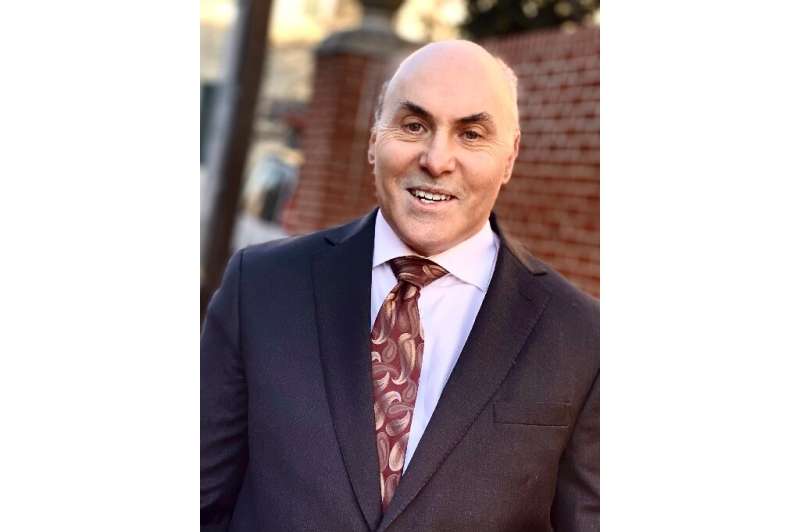
Drew Weissman’s decades of research helped pave the way for mRNA Covid-19 vaccines, but the scientist isn’t resting on his laurels.
The University of Pennsylvania immunologist, who on Thursday shared the $3 million 2022 Breakthrough Prize in Life Sciences with his longtime collaborator Katalin Kariko, is now spearheading efforts to design a new vaccine against all coronaviruses.
The Silicon Valley-backed award honors major discoveries with the highest cash amounts in science.
“There have been three (coronavirus) pandemics or epidemics in the past 20 years,” Weissman told AFP in an interview, referring to the original SARS virus, MERS and Covid-19.
“You have to assume there’s going to be more, and our idea was that we could wait for the next coronavirus epidemic or pandemic, and then spend a year and a half making a vaccine. Or we could make one now and have it either ready to go, or use it now.”
The 62-year-old and his team started work on the project last spring and have so far published two papers, with promising results.
One of the vaccines was shown to prevent SARS and a few other animal coronaviruses that have the potential to cross into humans.
By now, many are familiar with the basic principles of mRNA (messenger ribonucleic acid) vaccines: they deliver genetic instructions to our cells to build the spike protein of the coronavirus, in order to evoke antibodies when our bodies encounter the real virus.
The new focus is to try to train our immune systems to parts of the virus that do not mutate as fast as the spike. These are called “conserved regions.”
As a practicing doctor for most of his life, “my dream since starting college and medical school was to make something that helps people,” Weissman said, adding it made him “incredibly happy” to see the vaccines he laid the groundwork for save lives.
But while he foresaw the issue of global vaccine inequality—and is working on a project with the Thai government to develop their own Covid-19 vaccine for this reason—he admitted to being astonished by the level of vaccine hesitancy seen in wealthy countries.
“The conservative anti-science, anti-government people completely surprised us. I just didn’t expect that group to come out against vaccines,” he said.
New applications
While mRNA technology is enjoying huge attention, Weissman remembers a time when the field was a scientific backwater.
“We started working together in 1998, and that was without much funding and without much in the way of publications,” he said of his work with Kariko.
In 2005, they found a way to alter synthetic RNA to stop it from causing a massive inflammatory response found in animal experiments.
“Just before our paper was published I said ‘Our phones are going to ring off the hook,'” he recalls.
“We sat there staring at our phones for five years, and they never rang!”
With a second big breakthrough in 2015, they found a new way to deliver the particles safely and effectively to their target cells, using a fatty coating called “lipid nanoparticles.”
Both developments are part of the Pfizer and Moderna Covid-19 vaccines today.
Beyond vaccines, mRNA technology is also being heralded for its potential to revolutionize medicine.
Weissman’s team is working on using RNA to develop a single-injection gene therapy to overcome the defect that causes sickle cell anemia, a genetic blood disease that 200,000 babies are born with in Africa every year.
Significant technical challenges remain to ensure the treatment is able to correctly edit genes and is safe, but the researchers are hopeful.
Source: Read Full Article


